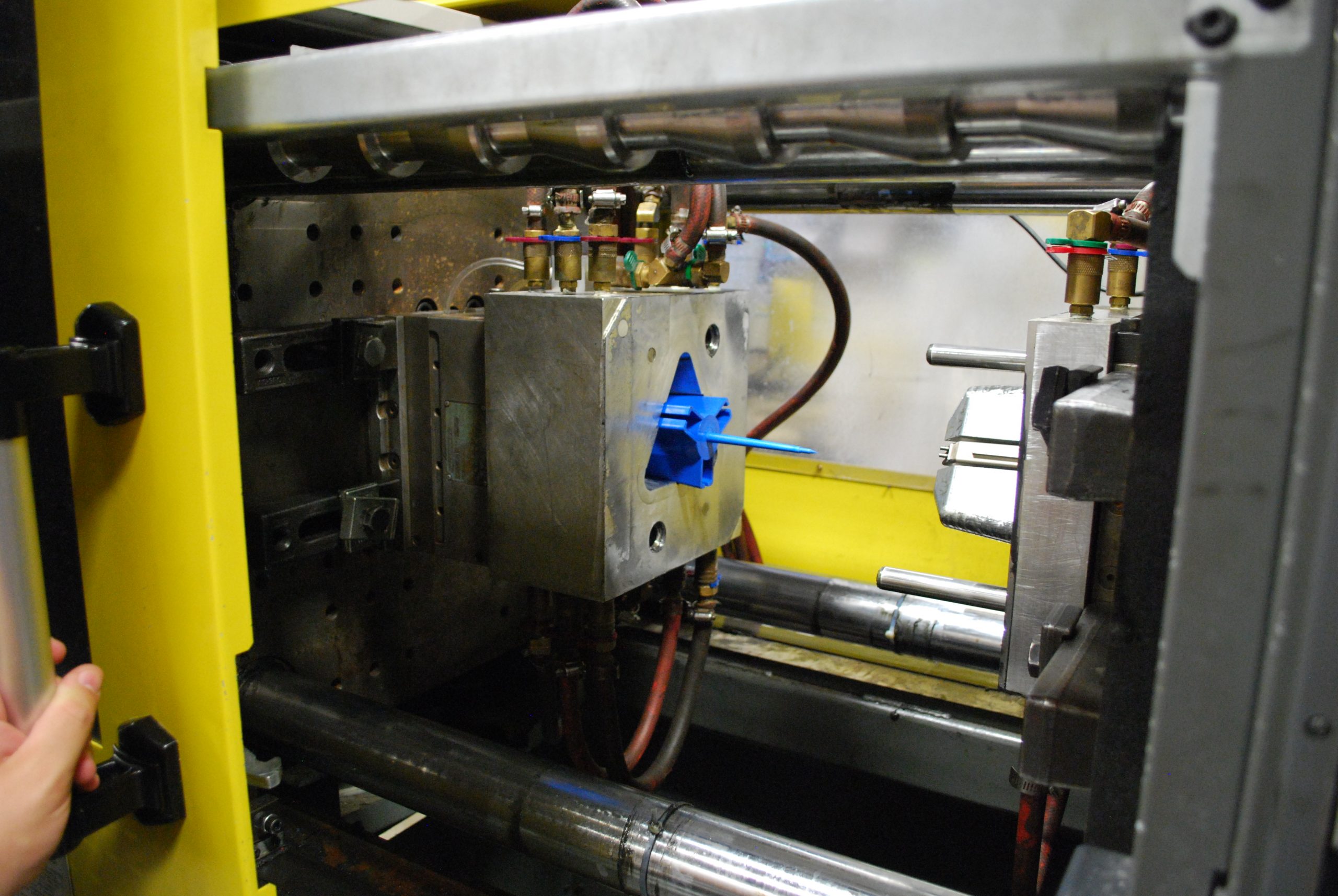Introduction
In today’s manufacturing landscape, where complex components and plastic parts are in high demand, it’s crucial to select the right manufacturing technique that aligns with your project’s requirements. Two popular options that come to mind are injection molding and 3D printing. Understanding the key differences and advantages of these procedures will empower you to make an informed decision. In this blog post, we will delve deeper into these techniques, exploring their ideal applications and unique strengths.
Injection molding, a well-established technique, utilizes a mold filled with molten material that solidifies to create the desired shape. It is a highly efficient process that has been widely used in the industry for decades. On the other hand, 3D printing, also known as additive manufacturing, involves building objects layer by layer using various materials. Unlike injection molding, 3D printing eliminates the need for molds and relies on digital files to produce parts. Let’s now examine the specific applications where each technique shines.
Benefits of 3D Printing
When it comes to speed and flexibility, 3D printing takes the lead. This technique offers a rapid turnaround time of approximately 1-2 weeks, making it ideal for rapid prototyping or designs that undergo frequent changes. If you require small components or plastic parts, 3D printing can deliver excellent results, particularly for low production runs of 100 units or fewer. Moreover, 3D printing can also be leveraged for mold making, enabling the creation of lightweight molds, custom heat sinks, and custom cooling lines. It serves as an excellent tool for prototyping parts and components before transitioning to the injection molding process.
Let’s turn our attention to the advantages of 3D printing:
- Allows for design changes: One of the most significant benefits of 3D printing is its inherent flexibility in accommodating design changes. As an additive process, it enables easy modifications throughout the production phase. This capability not only saves time and money but also allows for continuous improvement and iteration, especially when dealing with components that may have design flaws.
- Low entry cost and fewer inventory problems: 3D printing offers a cost-effective solution, particularly for small-scale production. With reduced setup requirements and no need for molds or tooling, it eliminates the associated upfront costs. Additionally, 3D printing minimizes inventory problems by streamlining supply chain management. The ability to create designs on demand eliminates the need for storage, and once the design file is complete, creating additional products incurs the same per-unit cost.
- Perfect for intricate designs: The layer-by-layer nature of 3D printing makes it a perfect choice for producing intricate or complex designs. This capability opens up new possibilities for detailed infrastructure and intricate geometries that would be challenging or impossible to achieve with traditional manufacturing methods.
Where Injection Molding Shines
On the other hand, injection molding excels in high-volume production scenarios, where large quantities of parts are required. While it typically involves longer turnaround times of 5-7 weeks, injection molding offers unparalleled efficiency for producing 1,000+ parts in each run. Its versatility allows for the production of both small and large parts with intricate designs and complex geometries. Additionally, injection molding ensures the strength and durability of objects, as the parts are composed of a single layer of poured material without any weak areas.
Now, let’s explore the advantages of injection molding:
- Suitable for mass production: Injection molding enables the production of large quantities of products within seconds. Since most plastics used in the process do not require additional finishing, it significantly reduces production time. Moreover, mold plates often accommodate multiple pieces, further enhancing the speed of production.
- Minimal wastage: Injection molding minimizes material wastage by using an exact amount of material to fill the mold’s capacity. This efficient utilization of resources contributes to cost savings and sustainability.
- Enhanced strength: Injection-molded parts are known for their structural integrity. The single-layer composition of the parts eliminates weak points, resulting in robust and durable objects.
Closing Thoughts
In conclusion, both injection molding and 3D printing have their own unique strengths and applications. When large-volume production and less complex parts are required, injection molding is the go-to option. On the other hand, for smaller batch sizes of complex parts or when design flexibility and quick prototyping are paramount, 3D printing emerges as the preferred choice.
At ADDMAN, we offer high-quality manufacturing solutions that encompass both 3D printing and injection molding techniques. Our expertise and capacity allow us to deliver exceptional outcomes tailored to each application’s specific requirements. Whether you need large-scale production or intricate prototypes, you can rely on our commitment to excellence.
Contact us today to explore how we can contribute to the success of your project.

